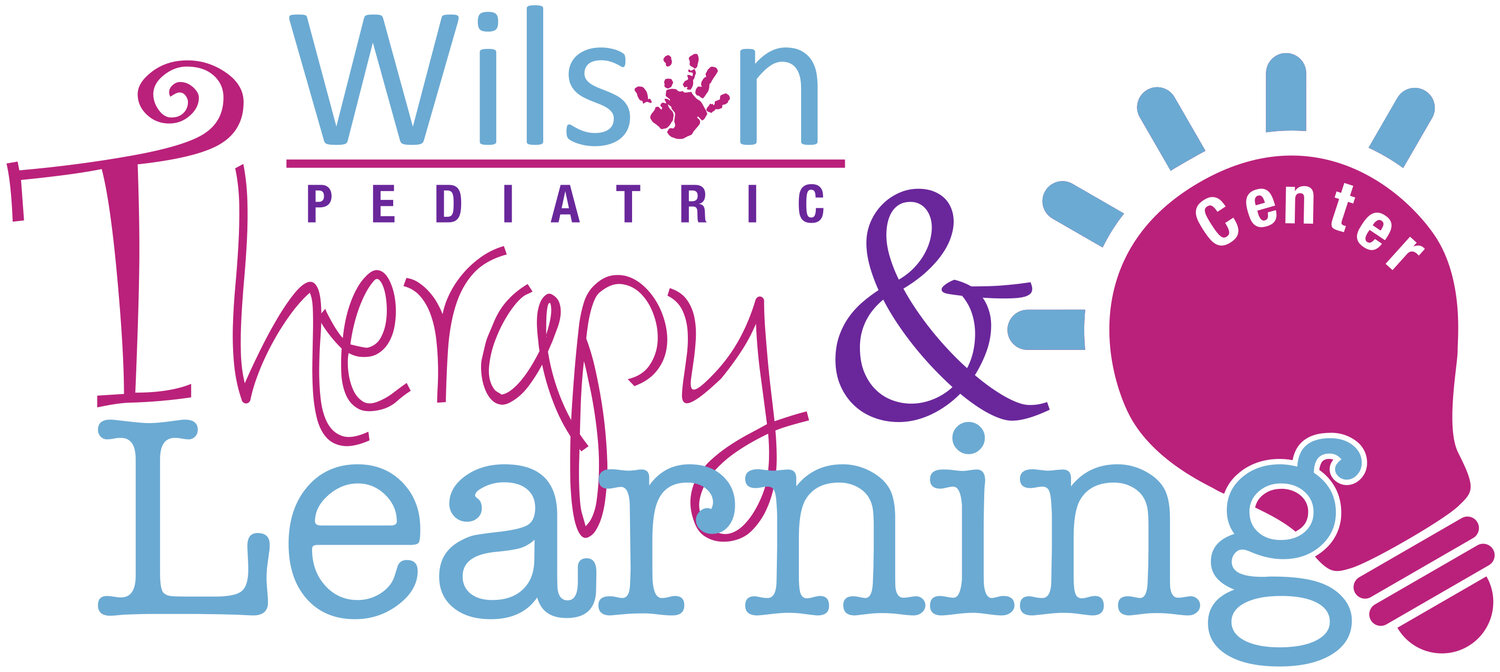Water Safety for Those with Autism Spectrum Disorder from an Occupational Therapist
Background:
What is Elopement: The clinical term for when a child leaves their caregiver or a safe area that can result in possible injury. While elopement may occur with toddlers, this behavior can persist into adulthood in some populations, such as those with Autism Spectrum Disorder (ASD).
Elopement is a common but serious symptom for a child with ASD. It impacts their ability to navigate the community safely and presents unique challenges to caregivers.
Often children with ASD are drawn to water. Drowning accidents and traffic accidents are the leading causes of death or injury for Autistic children. Often, these incidents occur following an elopement.
(National Autism Association, Mortality and Risk in ASD Wandering/Elopement 2011-2016, 2017).
Application to Occupational Therapy:
Your occupational therapist may work with you and your child to address community mobility and safety awareness when addressing elopement concerns
Impulsivity increases the likelihood of elopement. When in a new and exciting place such as a pool or beach, the chances of elopement may increase given the environment.
Sensory processing concerns: Water is often enjoyable to children with sensory-processing difficulties because it calms the central nervous system. It also provides the opportunity for vestibular, proprioceptive, tactile, and auditory input. Therefore, they may be less likely to recognize when they are fatiguing during swimming or water play placing them at higher risk for injury.
Addressing safety concerns for elopement and being near a body of water:
Ensure entry to the area of water is gated and the child is supervised at all times
Know and identify various types of drowning
Utilize a social story to prepare the child before to reduce the likelihood of elopement when out in the community
Use of visual cues, such as a stop sign, or a practiced verbal cue (i.e. “freeze!”) to help during transitions and waiting periods. Be sure to work with your occupational therapist to assist with the implementation and carry-over of these cues.
Enroll in swimming lessons and practice water safety skills to help reduce the risk of drowning if elopement occurs
Dress your child in bright-colored clothing to quickly identify them in a crowded place
Educate other caregivers interacting with your child on what elopement is and what safety protocols are in place if your child is missing
-
American Red Cross. (n.d.). Water Safety. American Red Cross.
CDC. (2019, July 10). Disability and safety: Information on wandering (elopement). Centers for Disease Control and Prevention.
Mcllwain, L., Fournier, W. (2017). Mortality and Risk in ASD Wandering/Elopement. National Autism Association.
McIlwain, L. (n.d.). Autism & Wandering: A Guide for First Responders. National Autism Association.
SwimRVA,Harrell, B. (2018). 5 Types of Drowning, and Tips on how to Prevent It. SwimRVA.
